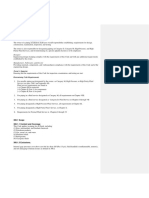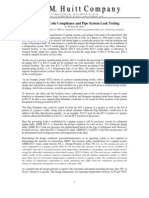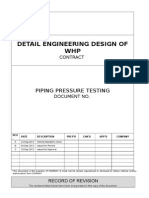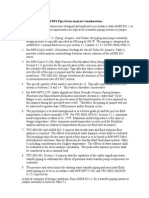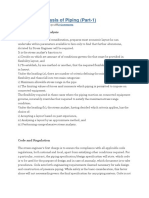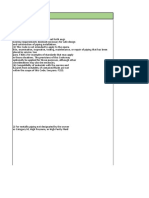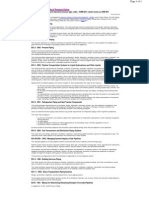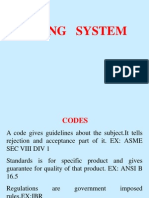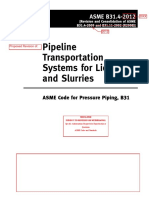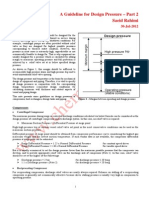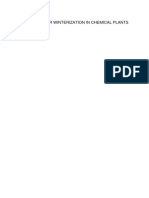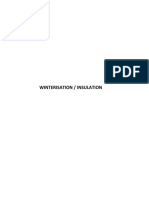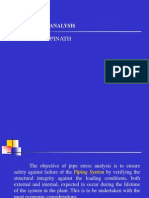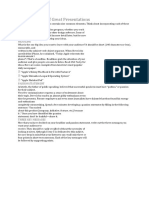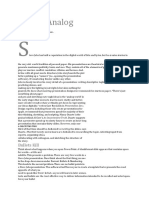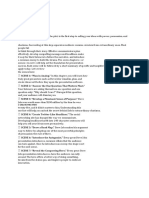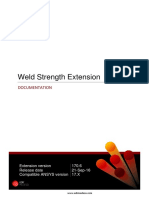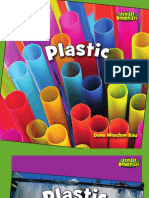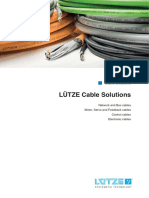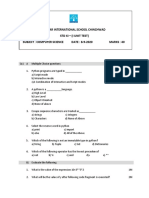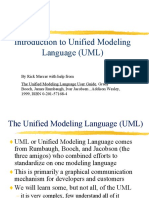Paragraph 301 states the qualifications of the Designer,
defines the temperatures, pressures, and forces applicable to the design of piping, and states the consideration
that shall be given to various effects and their consequent
loadings. See also Appendix F, para. F301.
301.1 Qualifications of the Designer
The Designer is the person(s) in charge of the engineering design of a piping system and shall be experienced in
the use of this Code. The qualifications and
experience required of the Designer will depend on the
complexity and criticality of the system and the nature
of the individual’s experience. The owner’s approval is
required if the individual does not meet at least one of
the following criteria:
(a) Completion of a degree, accredited by an independent agency [such as ABET (U.S. and international),
NBA (India), CTI (France), and CNAP (Chile)], in engineering, science, or technology, requiring the equivalent
of at least 4 years of full-time study that provides exposure to fundamental subject matter relevant to the design
of piping systems, plus a minimum of 5 years experience
in the design of related pressure piping.
(b) Professional Engineering registration, recognized
by the local jurisdiction, and experience in the design
of related pressure piping.
(c) Completion of an accredited engineering technician or associates degree, requiring the equivalent of
at least 2 years of study, plus a minimum of 10 years
experience in the design of related pressure piping.
(d) Fifteen years experience in the design of related
pressure piping.
Experience in the design of related pressure piping is
satisfied by piping design experience that includes
design calculations for pressure, sustained and occasional loads, and piping flexibility.
301.2 Design Pressure
301.2.1 General
(a) The design pressure of each component in a piping
system shall be not less than the pressure at the most
severe condition of coincident internal or external pressure and temperature (minimum or maximum) expected
during service, except as provided in para. 302.2.4.
10
(b) The most severe condition is that which results
in the greatest required component thickness and the
highest component rating.
(c) When more than one set of pressure–temperature
conditions exist for a piping system, the conditions governing the rating of components conforming to listed
standards may differ from the conditions governing the
rating of components designed in accordance with
para. 304.
(d) When a pipe is separated into individualized pressure-containing chambers (including jacketed piping,
blanks, etc.), the partition wall shall be designed on the
basis of the most severe coincident temperature (minimum or maximum) and differential pressure between
the adjoining chambers expected during service, except
as provided in para. 302.2.4.
301.2.2 Required Pressure Containment or Relief
(a) Provision shall be made to safely contain or relieve
(see para. 322.6.3) any expected pressure to which the
piping may be subjected. Piping not protected by a
pressure-relieving device, or that can be isolated from
a pressure-relieving device, shall be designed for at least
the highest expected pressure.
(b) Sources of pressure to be considered include ambient influences, pressure oscillations and surges,
�improper operation, decomposition of unstable fluids,
static head, and failure of control devices.
(c) The allowances of para. 302.2.4(f) are permitted,
provided that the other requirements of para. 302.2.4 are
also met.
301.3 Design Temperature
The design temperature of each component in a piping
system is the temperature at which, under the coincident
pressure, the greatest thickness or highest component
rating is required in accordance with para. 301.2. (To
satisfy the requirements of para. 301.2, different components in the same piping system may have different
design temperatures.)
In establishing design temperatures, consider at least
the fluid temperatures, ambient temperatures, solar
radiation, heating or cooling medium temperatures, and
the applicable provisions of paras. 301.3.2, 301.3.3, and
301.3.4.
301.3.1 Design Minimum Temperature. The design
minimum temperature is the lowest component temperature expected in service. This temperature may establish
special design requirements and material

